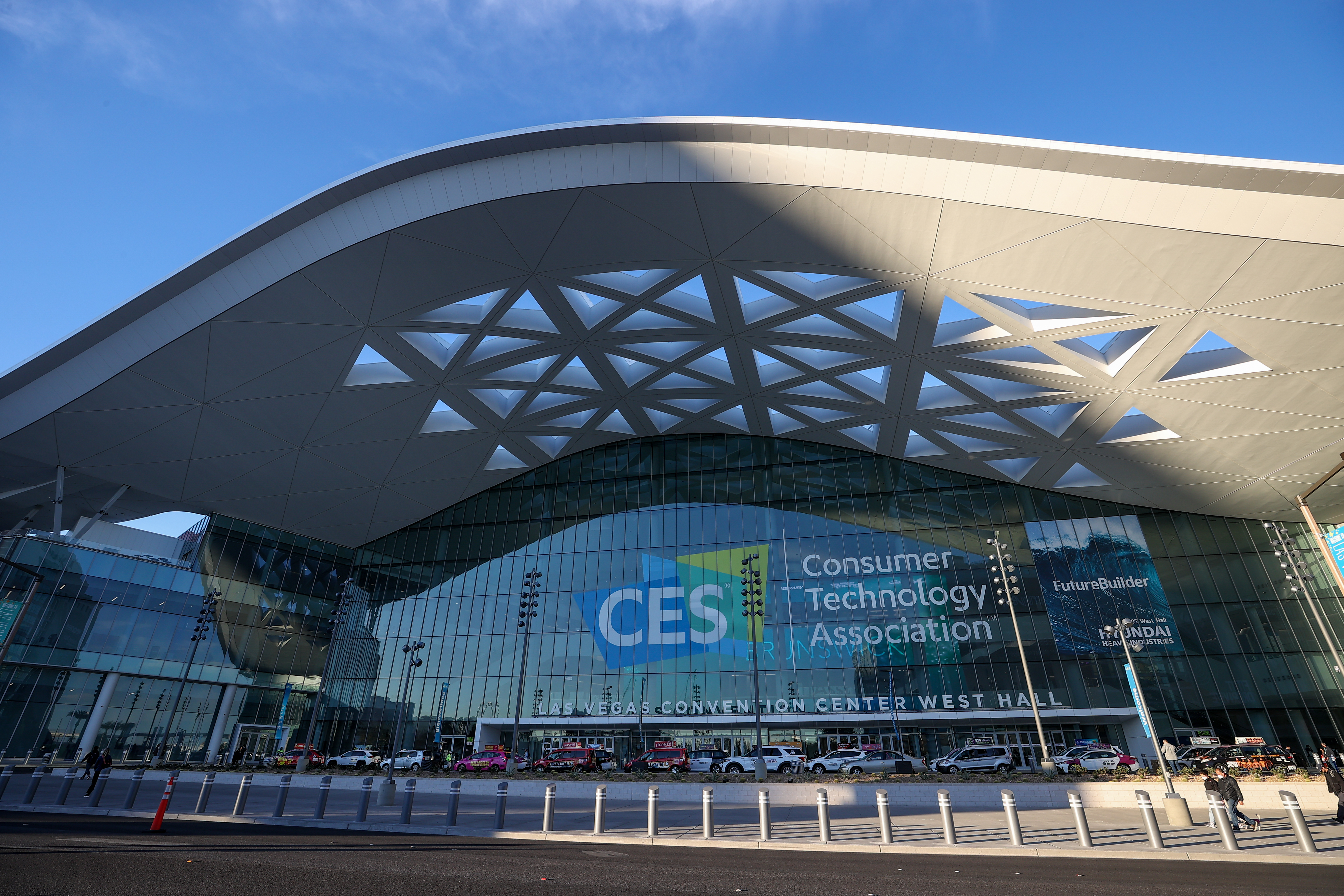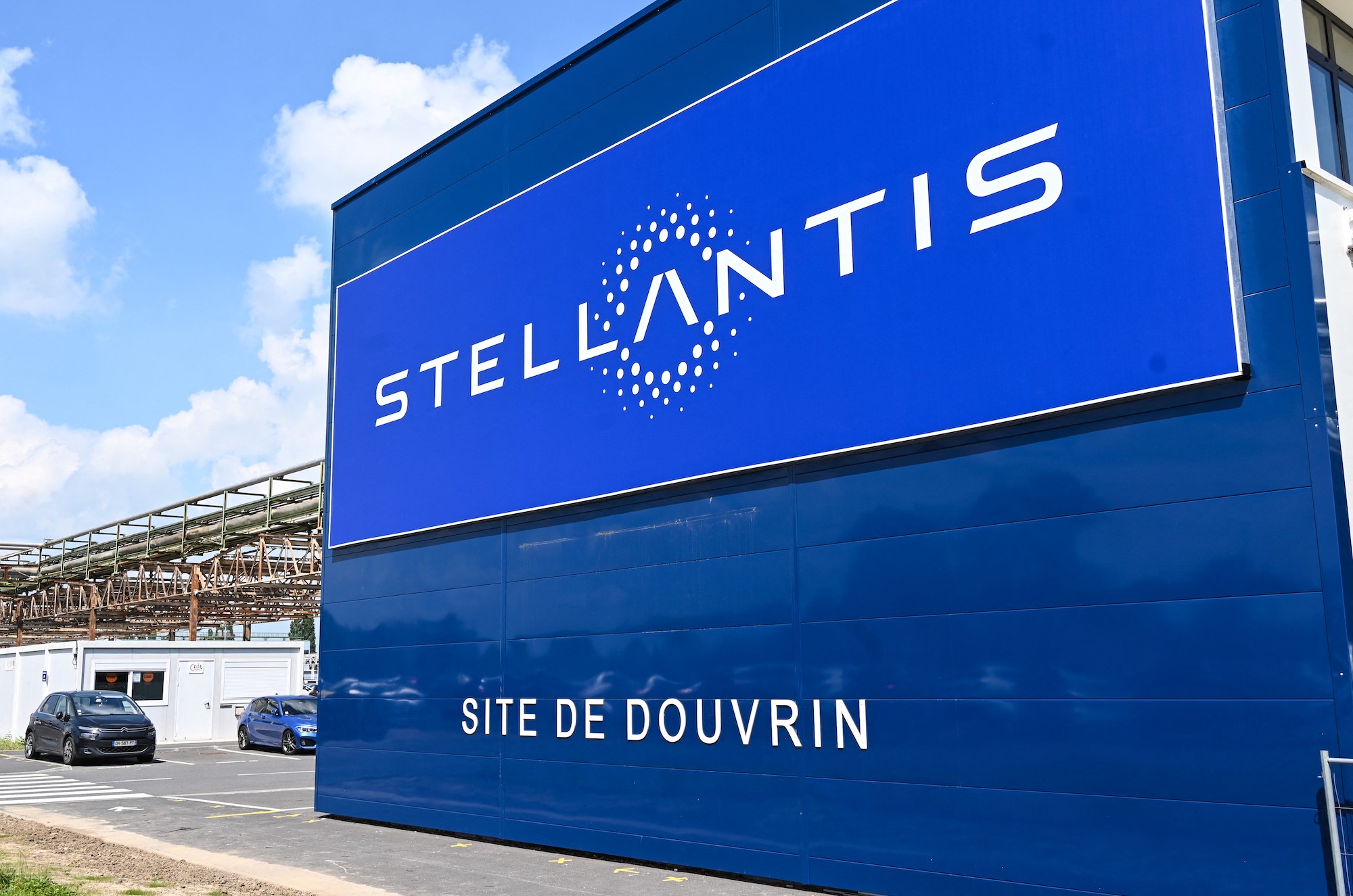Taking a deep breath as I write these words: Next week, TechCrunch will return to our first in-person CES in three years.
Phew. It felt good to finally get that off my chest.
The last time our team flew to Las Vegas for the event was January 2020. An auspicious date. It wouldn’t be long before the entire world went pear-shaped. It was a big show, with 117,000 in attendance, per the CTA’s (Consumer Technology Association) figures. The event, which its governing body would rather you not call the Consumer Electronics Show, has become a sprawling affair in recent decades.
Attempting to see the entire show is a fool’s errand. Back in my younger, more hopeful days, I made a point of seeing as much of it as I could, making a pretty good run at walking every official hall. That’s become increasingly impossible over the years, as the show has spilled out well beyond the confines of the Las Vegas Convention Center. There’s the Venetian Convention and Expo Center (RIP the Sands), countless hotel suites and various official and unofficial event spaces orbiting around the strip.
As with countless other live event producers, the last three years have presented a kind of existential crisis for the CTA. After much foot dragging, the organization had to finally admit that an in-person CES 2021 was a terrible idea for all parties, and the pivot to a virtual event was understandably rocky. Last year, the show dovetailed with the omicron spike, and TechCrunch — among others — made the decision to sit that one out. Highly contagious new strains, coupled with holiday travel was a bridge too far.

CES, the world’s largest annual consumer technology trade show opens its door to visitors on January 5, 2022, at the Las Vegas Convention Center in Las Vegas, Nevada, United States. Image Credits: Tayfun Coskun/Anadolu Agency via Getty Images
Last year’s numbers were down significantly. The CTA pegged the event at “well over 40,000” people (44,000 is the commonly accepted figure), marking a 75% drop from 2020. It’s a remarkable drop, but I suppose that, given everything happening at the time, cracking 40,000 was a victory of sorts. The CTA says it’s on track for 100,000 this year — seeing as how there isn’t another prominent COVID-19 variant, it seems likely that, at the very least, there will be a sizable jump from 2022.
I’m likely not alone in my suspicions that the CTA didn’t want people getting too comfortable with 2021’s virtual event. Well before COVID, there had been a longstanding question around the efficacy of in-person tech events. CES and other hardware shows have had an edge in that debate, with a focus on products that do benefit from being seen in person. That said, the last two years have demonstrated that it is, indeed, possible to cover the show reasonably well from your living room.
We have, however, moved beyond conversation about “the new normal” (honestly, when was the last time you heard that phrase uttered in earnestness?). The new normal happened when we weren’t looking. The new normal is that the virus doesn’t exist because we say it doesn’t. Have I gotten it three times, including once from attending a trade show in Vegas? Well, yeah. Do I recognize that the act of attending a show that’s billing itself as drawing in 100,000 attendees means there’s a reasonable expectation that I could be staring down time number four in mid-January? Absolutely. The CES COVID protocols are here. The TL;DR is that vaccination, testing and masking aren’t required, but you can if you want. That’s pretty much the standard everywhere at this point.

Attendees pass through a hallway at the Las Vegas Convention Center on Day 1 of CES 2022, January 5, 2022, in Las Vegas, Nevada. CES is the world’s largest annual consumer technology trade show. Image Credits: Alex Wong/Getty Images
Is there still value in going? I think, yes. I mean, I’m going. Other TC staff are also going. We’ve pared down our presence from past years, and I imagine this is going to be the case moving forward. Given the amount of CES news that’s released via press release and the fact that pretty much every press conference is streamed, the right approach to covering an event like this is be smaller and more strategic.
This isn’t simply a product of this new, endemic virus. It’s a product of a shifting landscape for media in general. For all of my personal issues with the event, I do genuinely have nostalgia for those days of pure, uncut blogging, back when there was still money being dumped into format, before everything became paywalled. There’s value to be had at shows like this, but for TechCrunch, at least, it’s about taking the right meetings and finding the people who are working on cool things. It’s harder than it sounds, having come back to 1,600 unread emails after a couple of weeks off. We made this list, and I plan to check it twice more before I hop on a plane next week.

Image Credits: DENIS CHARLET/AFP / Getty Images
Even before these particular sets of circumstances, CES has been through a few crises of confidence. Figures have ebbed and flowed over the years, as is the nature of these things. The smartest thing the CTA has done in the past several years is lean into the automotive side. What started as an embrace of high-tech in-car systems has expanded significantly. It’s almost as if CES became a car show when none of us were looking.
One of the show’s key plays is timing. Much to the chagrin of every person who has attempted to enjoy some time off during the holidays, it’s positioned as the first show of the year in an attempt to set the cadence for the remaining 11.5 months. CES technically starts on January 5, but the press days are two days prior. This year, I’m flying out on the 2nd, just to make sure we’ve got our bases covered. There have been years when I’ve flown in on the 1st. Let’s just say I’m glad I stopped drinking a couple of years back.
By positioning the show right at the beginning of the year, it’s got a few months’ jump on major auto shows like the ones held in Chicago, Atlanta and New York. The technology angle means we get a good look at a lot of EVs and autonomous driving systems, as well as eVTOLs and micromobility. Expect some big news, including keynotes from BMW and Stellantis. Chip makers like Qualcomm and AMD also always have a lot on the automotive front at the show.

Image Credits: Hyundai
Hyundai will have a sizable presence at the show as well, walking the line between automotive, mobility and robotics. In fact, judging by my overstuffed inbox, it’s going to be a huge year for robotics, from consumer to the presence of key industrial startups in a broad range of different categories. Robotics is always a tricky one at CES. Big companies love to show off flashy robots that never go anywhere (believe it or not, the most recent Sony Aibo is a relative success story there), and there are going to be a ton of junky robotics toys. But the show is still a great place to see some legitimate breakthroughs up close. Stay tuned for next week’s issue of Actuator to get a full breakdown.
My inbox is also flooded with web3 and crypto pitches, despite the fact that I can count on one hand the number of times I’ve written about the subject over my 6+ years at TechCrunch. To say the industry hit a rough patch in 2022 is like saying Elon is “still figuring it out” as Twitter CEO. The believer still believes theirs is the fix-all solution to every problem plaguing humankind. Expect that to trickle into every aspect of the show, including, somewhat ironically, climate.
I would love to see sustainability become a major topic at CES. Apparently there’s a section in the Convention Center’s North Hall. There’s mostly been a smattering of climate companies at the show, but I’ve certainly never been overwhelmed by them. Hopefully this is the year that starts to turn around. Ditto for accessibility. I’ve heard tell of a few companies with this focus at the show, but this is something else that really needs to be at the forefront.

Remote control / smart home Image Credits: Erhui1979 / Getty Images
Much has been written about Amazon’s Alexa struggle of late. It’s safe to say that the smart home market hasn’t worked out like everyone planned. I do, however, anticipate a sizable press at CES, bolstered by Matter. The standard, supported by Amazon, Apple and Google, among others, really started gaining steam over the last few months. If things go according to plan, this CES will be an important moment, as the various categories of connected home gadgets are on full display.

Image Credits: Meta
AR/VR — yes, I say this every year. Yes, even more than with smart homes, this one has yet to shake out the way many hoped. The recent debut of Meta’s Quest Pro and HTC’s Vive tease will anchor the big VR news. AR will likely be even more ubiquitous. Even more than virtual reality, augmented reality feels like the Wild West right now. There are a ton of hardware makers currently vying for a spot on your face. Traditionally, CES hasn’t been very gaming focused, but Sony does tend to make it a centerpiece of its own press conference and we’ll likely be getting some face time with PlayStation VR.
Wearables should get some love at the show. Oura’s success has catapulted the ring form factor. We already wrote up Movano’s pre-show announcement. Bigger names like Google, Samsung and Apple do most of their gadget announcing at their own events these days, but CES is an opportunity for some of the smaller firms to grab a bit of attention. I’d anticipate an even bigger focus on health metric monitoring from names like Withings. Connected home fitness remains a key trend to watch, fueled by that initial pandemic push.

Image Credits: Oura
As ever, phones are mostly a nonstarter here. Mobile World Congress is where that magic happens. Otherwise, anticipate a smattering of announcements from hardware firms like Lenovo and Sony, which don’t have much of a presence in the North American market. This has, however, traditionally been a big show for PCs. Dell, Asus and Lenovo all have big presences, while AMD and Nvidia could serve up some big news about the chips that power those systems.
We don’t cover them that much, but CES is also big for TVs, in every sense of the word. LG, Samsung, Sony and TCL will likely have the latest, greatest and largest. QD-OLED and MLA OLED are the magic words — or letters, I guess.
The press days are January 3 and 4, and the CES show floor officially opens on January 5. Plan accordingly.
What to expect at CES 2023 by Brian Heater originally published on TechCrunch
from TechCrunch https://ift.tt/NnLAGe7


Comments
Post a Comment